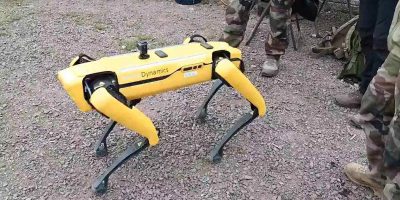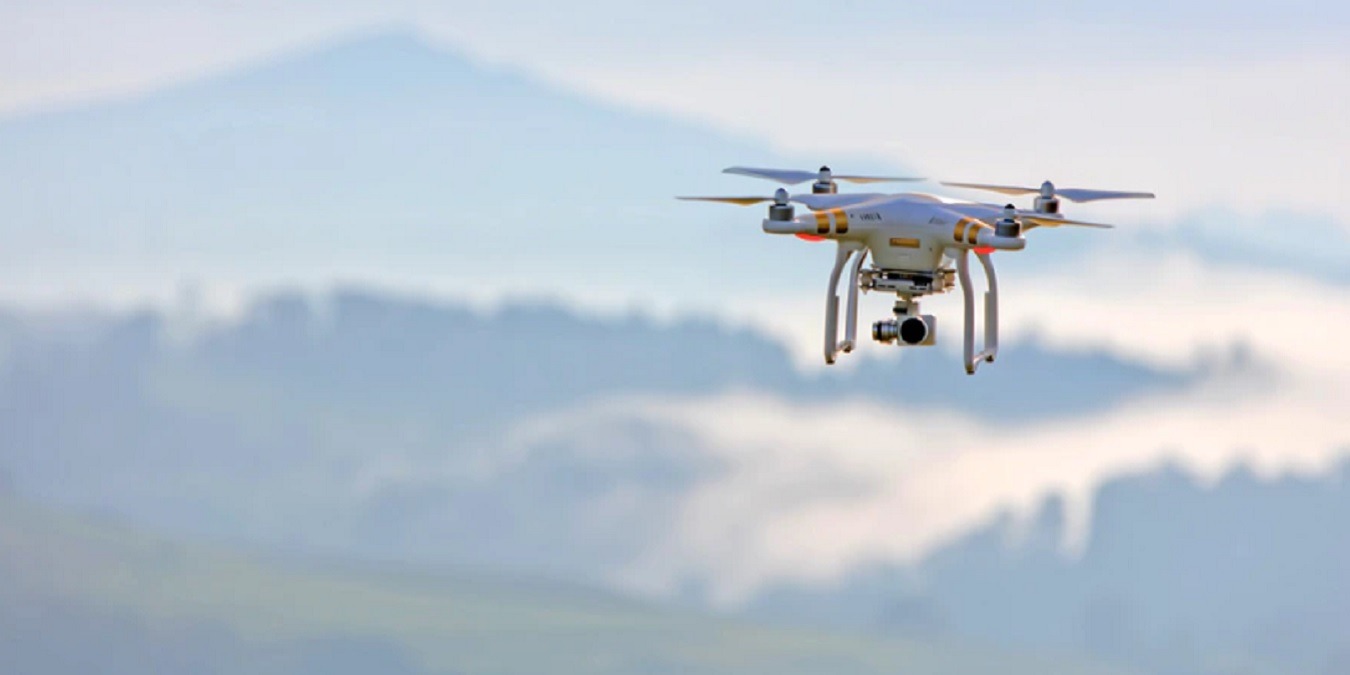
Drones aren’t just for hobbyists or taking amazing aerial shots. They’re also not just for Amazon deliveries. An increasing number of industries are taking a new approach and mixing drones with edge computing. Now, drone technology expands edge computing potential, keeping critical operations better connected.
Expanding a Network’s Reach
Despite the belief and claims that the cloud is everywhere, coverage actually isn’t nearly as widely available as it may seem. With so many dead spots throughout the world, some industries are using drone technology to help expand coverage into areas where mobile towers simply aren’t available yet.
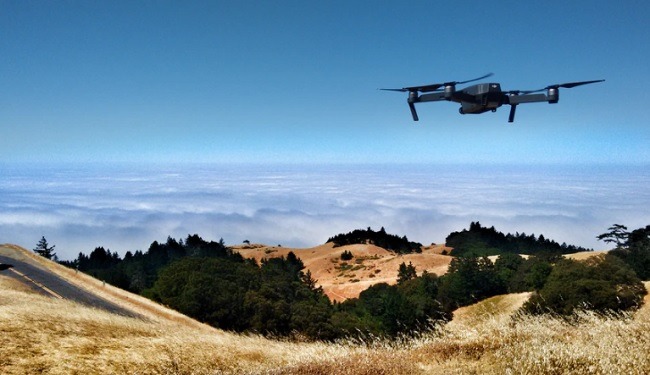
Some of the top industries utilizing this approach include:
- Insurance
- Energy
- Construction
- Firefighters
- Agriculture
The most common approach is using drones to gather data and monitor conditions where humans can’t reach. These are often areas where simply adding a sensor isn’t enough, especially if there isn’t a network connection available.

Drones create a form of edge network, gathering information and relaying it back to the business. For example, in agriculture, an AI-powered drone can automatically analyze soil conditions just by flying over. Sensors may work but would require a constant Internet connection. The drone can store data locally, sending it to the cloud when it’s back within range of a mobile signal.
When it comes to construction, drones are used to inspect bridges and uncover problem areas humans wouldn’t be able to see otherwise. Plus, drones do it without any risk.

From inspecting equipment to checking the spread of wildfires, drones have become critical IoT devices. They extend what edge computing can do and even work as a temporary processing and data collection device when connections aren’t readily available.
To help alleviate the issues arising from the lack of available connections, drones can also be programmed to fly back to the closet edge endpoints to relay data. This allows the drone to cover dead spots and bridge the gap temporarily between endpoints.
Maintaining Edge Computing
An often overlooked way drone technology expands edge computing is maintenance. Edge computing doesn’t just happen. It takes immense infrastructure. Extending networks and providing edge computing requires numerous access points, mobile towers, and sensors.
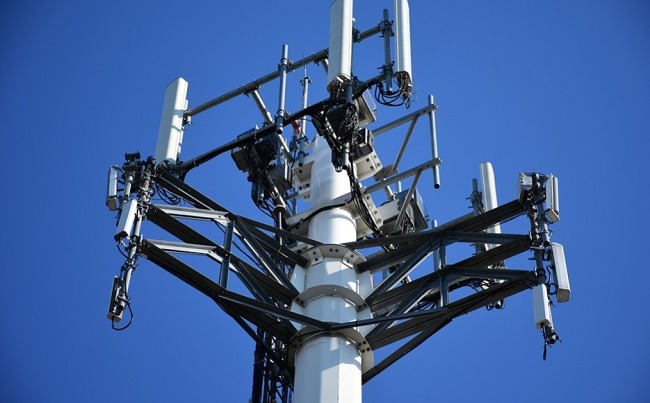
Trying to maintain all of this isn’t easy. However, if even one aspect goes down, it can drastically reduce coverage and prevent IoT devices from responding as quickly as they’re supposed to. For things like autonomous vehicles and medical equipment, every millisecond of delay in processing data can be life or death.
To keep this infrastructure running strong, companies are using drones to constantly monitor towers, sensors, and access points. The drones can be programmed to look for specific problems and send alerts back to the company.
Instead of wasting valuable time driving around, climbing, and trying to locate issues manually, the drone does it. It’s faster and much more cost effective. Plus, it’s safer.
Depending on the problem, the drone may even be able to fix the issue. While they’d need to be simple repairs, it can be done. In the future, drones may even be able to handle larger repairs, keeping edge computing running smoothly.
Reducing Edge Computing Congestion
With the increasing number of IoT devices, networks sometimes struggle to keep up. This leads to congestion, causing delays in data processing.

Another way drone technology expands edge computing potential is by taking away some of that congestion. Drones aren’t the first IoT devices used this way, but they are showing a growing trend in mobile IoT devices handling much of the data processing without the cloud.
Typically, IoT devices require a constant connection in order to deliver data in real-time to the cloud. That’s why edge computing is so important. Critical operations are processed much closer to the source rather than on more central servers that could be located hundreds of miles away.
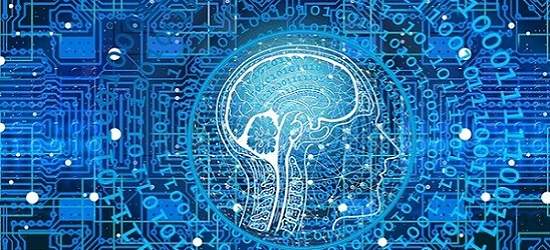
More advanced drones, equipped with AI and machine-learning software, know what’s important and what to discard. For instance, certain things may trigger the drone to immediately fly back within range of a network to deliver information, while other types of data may either be discarded or stored locally until the drone has finished its designated route.
Local processing speeds up data processing, relieves network congestion, and even reduces how much data actually needs to be stored and processed in the cloud.
While drone technology expands edge computing potential, there’s still a long way to go. However, drones are already helping save lives and they’re changing the face of IoT.
Get the best of IoT Tech Trends delivered right to your inbox!




